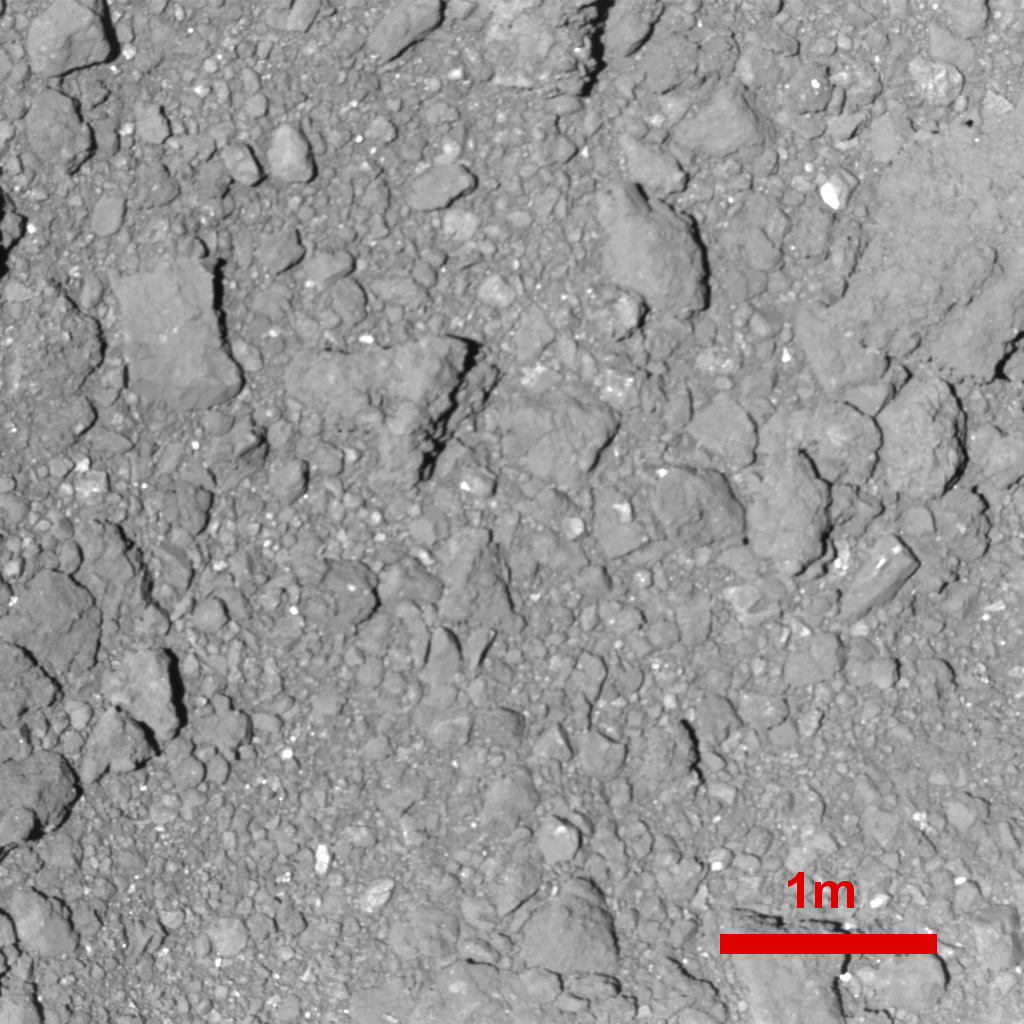Just in time for next mission, here it is a fully functional simulator:
https://programmi.000webhostapp.com/hayabus...simulator3.htmlChanges:
Added speed to realtime data
Added speed to history chart
Moved/resized ryugu/H2 schematic
Added decimals to rovers images sizes in ONC
(Invisible: added speed data to
history log)
Plans for the future:
Add a box with a zoom of the chart on last 72 hours.
Add a box with a zoom of the chart between 0 and 500 meters (or configurable).
Add the schedule for next missions.
Add playback function for previous missions; in the meantime you can use separate pages to perform a replay of
MINERVA release mission and
MASCOT release mission. Players are still in beta so pay attention not to move mouse over images until they are fully loaded or they will stop loading.
Next missions:14-15 October: TD1-R1-A (2nd touch down rehearsal)
24-25 October: TD1-R3 (3rd touch down rehearsal)
Next press conferences:23 October-16:00 JST (07:00GMT)
8 November - 11:00 JST (02:00 GMT)










